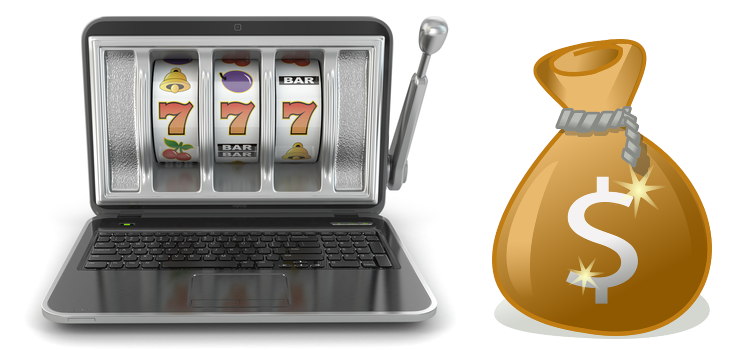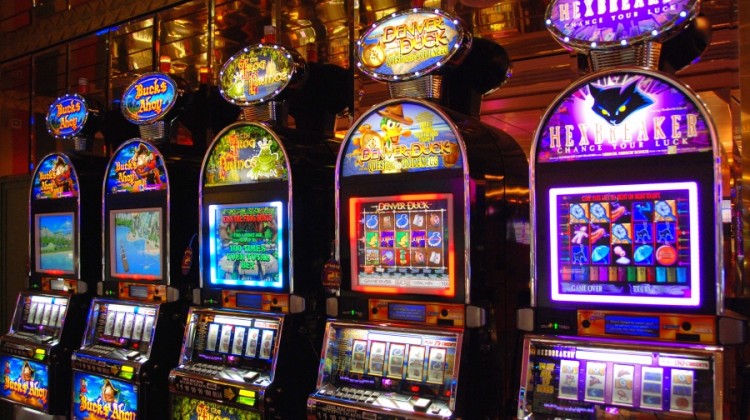The subject of Blackjack card counting is one that has undergone a fair share of controversy over the years. Many people- Blackjack players mostly, it must be said-are of the opinion that there is nothing wrong with the practice, since it does give the players a certain degree of advantage over the casino, albeit in a legal manner. While it is true that there are currently no laws that ban Blackjack card counting outright, most casinos take a dim view of such tactics.
Card counting is done by keeping track of the cards that have already been shown or played. Doing this allows the player to guess whether the hole card of the dealer is going to be higher or lower. With this information, the player can then adjust his or her wager accordingly. In order to make things harder for card counters, many casino Blackjack tables use more than one deck in the game.
How card counting works
The basic principles of card counting were discovered by Edward R. Thorp and subsequently outlined in his groundbreaking book called “Beat the Dealer”. The book was published in 1962 and was considered the touchstone of the Blackjack revolution. In fact, it was largely because of this book that casinos began to take steps against Blackjack card counters. While there is still no clear-cut law against card counting currently, many casinos have the option to ban players from their Blackjack tables if they are discovered to be counting cards.
Why card counting Works
One of the main reasons why card counting works in Blackjack is that the house advantage is not fixed. This makes Blackjack different from any other casino game. The cards that have been dealt as well as the cards that are still in the deck both have a bearing on the odds of getting a natural Blackjack. If, for example, an ace was dealt on the first round, the odds of another ace showing up goes down considerably.
By the same token, your chances of winning a hand depends on the cards that are still in the deck. If the remaining cards in the deck are made up of high value cards, this is obviously advantageous for the player. With a large number of tens and aces left in the deck, the players chances of drawing a natural Blackjack or a hand of 17 or higher-called a “pat” hand-is considerably increased. At the same time, the odds that the dealer will bust also increase. This is because even though the dealer has just as much chances as the player to draw a good hand, the player gets paid 3 to 2 for a natural blackjack. When card counters know that the deck is full of high cards, they will know to raise their bets accordingly.
Conversely, if most of the cards that are still in the deck are of low value, that situation is greatly in favor of the dealer. In this scenario, card counters will usually lower their wagers.
By Riza
good person











No Comment